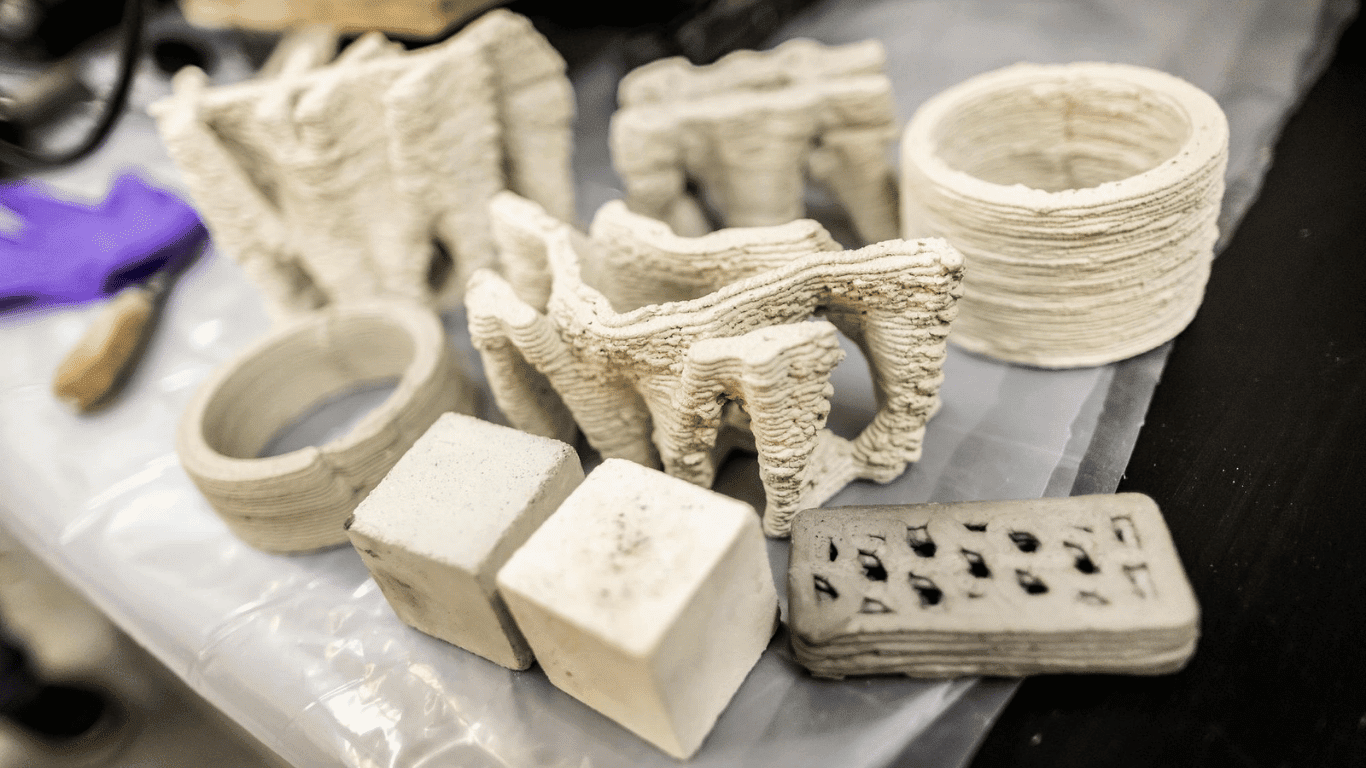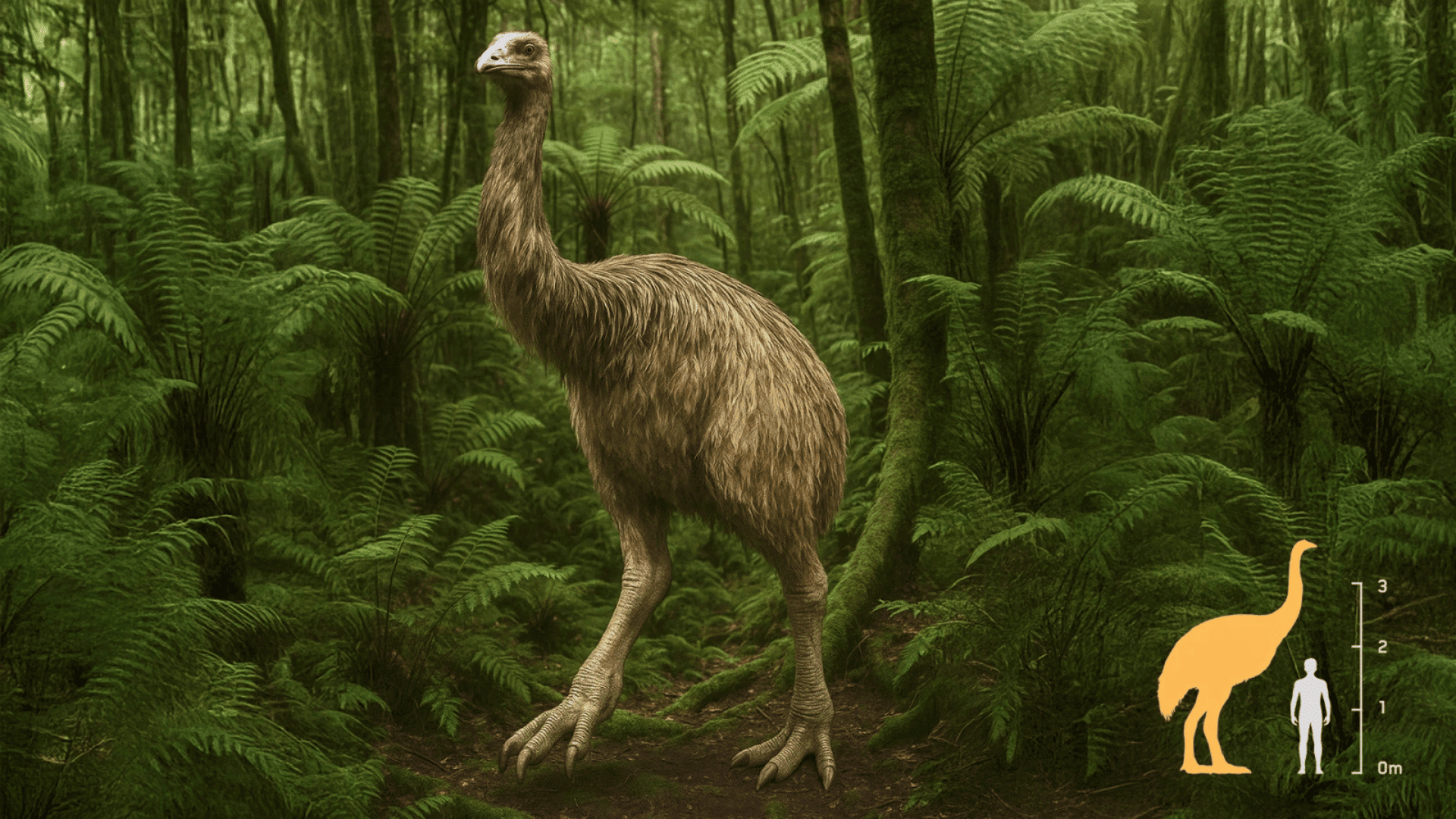From meteor showers to never-before-seen images of the universe, there are plenty of space and astrological events to look forward to this summer. Here are nine exciting things happening in space in the summer of 2022.
1. Planetary Alignment (June 23 – 25)
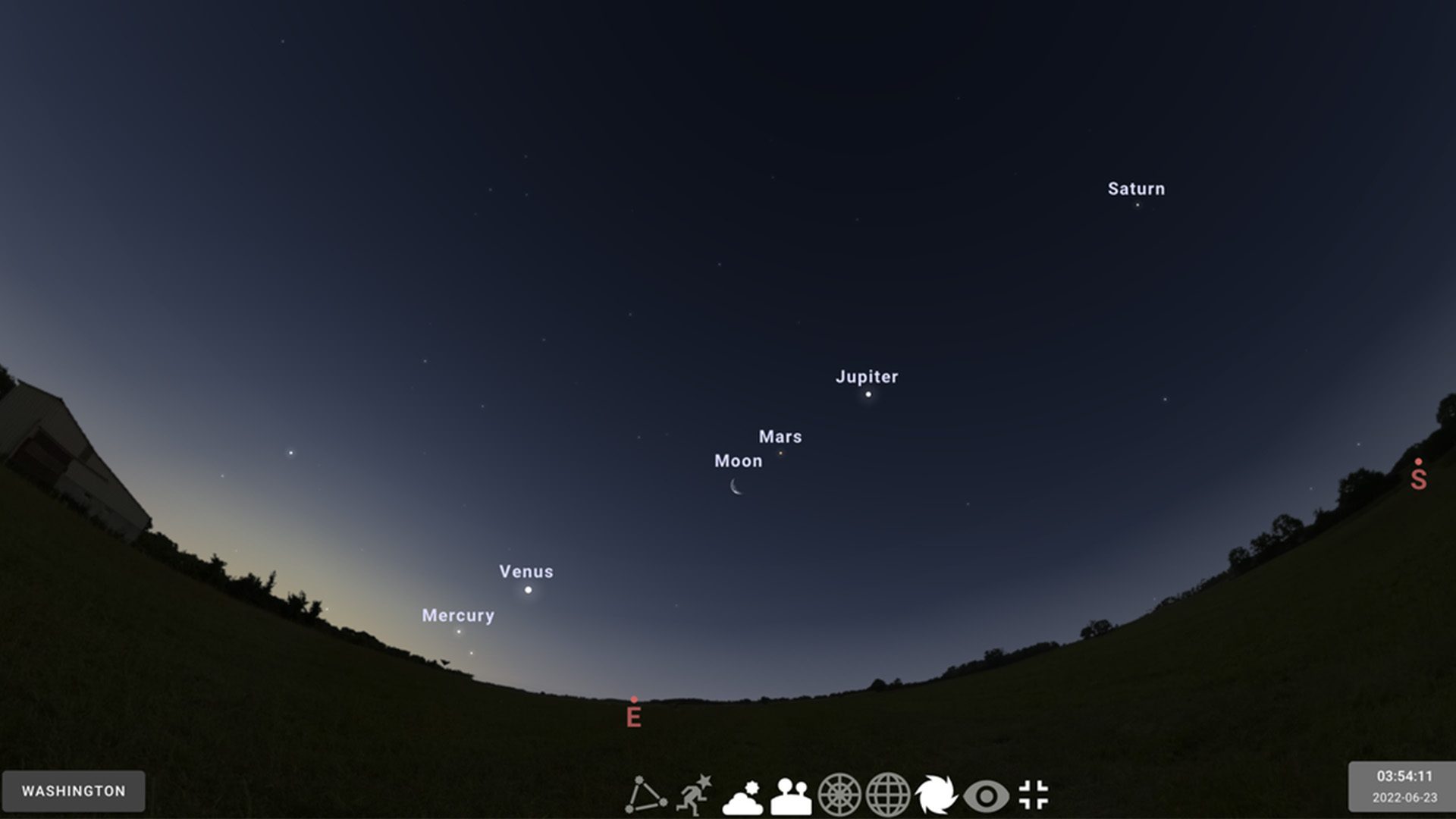
Early risers in North America from June 23 to June 25 have the chance to see Mercury, Venus, Mars, Jupiter, and Saturn line up in order of their distance from the Sun. The properly aligned planets will be bright enough to be seen with the naked eye before sunrise. For the best chance to spot this rare sight, look to the southeast horizon—Venus and Jupiter should be the brightest things in the sky.
2. NASA will reveal the first images from the James Webb Space Telescope (July 12)

After years of delays, the James Webb Space Telescope launched on December 25, 2021 on a million-mile journey. This is the most powerful space telescope ever built, and its purpose is to study and capture images of some of the earliest galaxies and stars ever formed, exoplanets, and more over the next five to ten years. On July 12, NASA will release the first high-resolution and color images of never-before-seen targets located far beyond our solar system.
3. China will launch the Wentian module of its Tiangong space station (July 23)
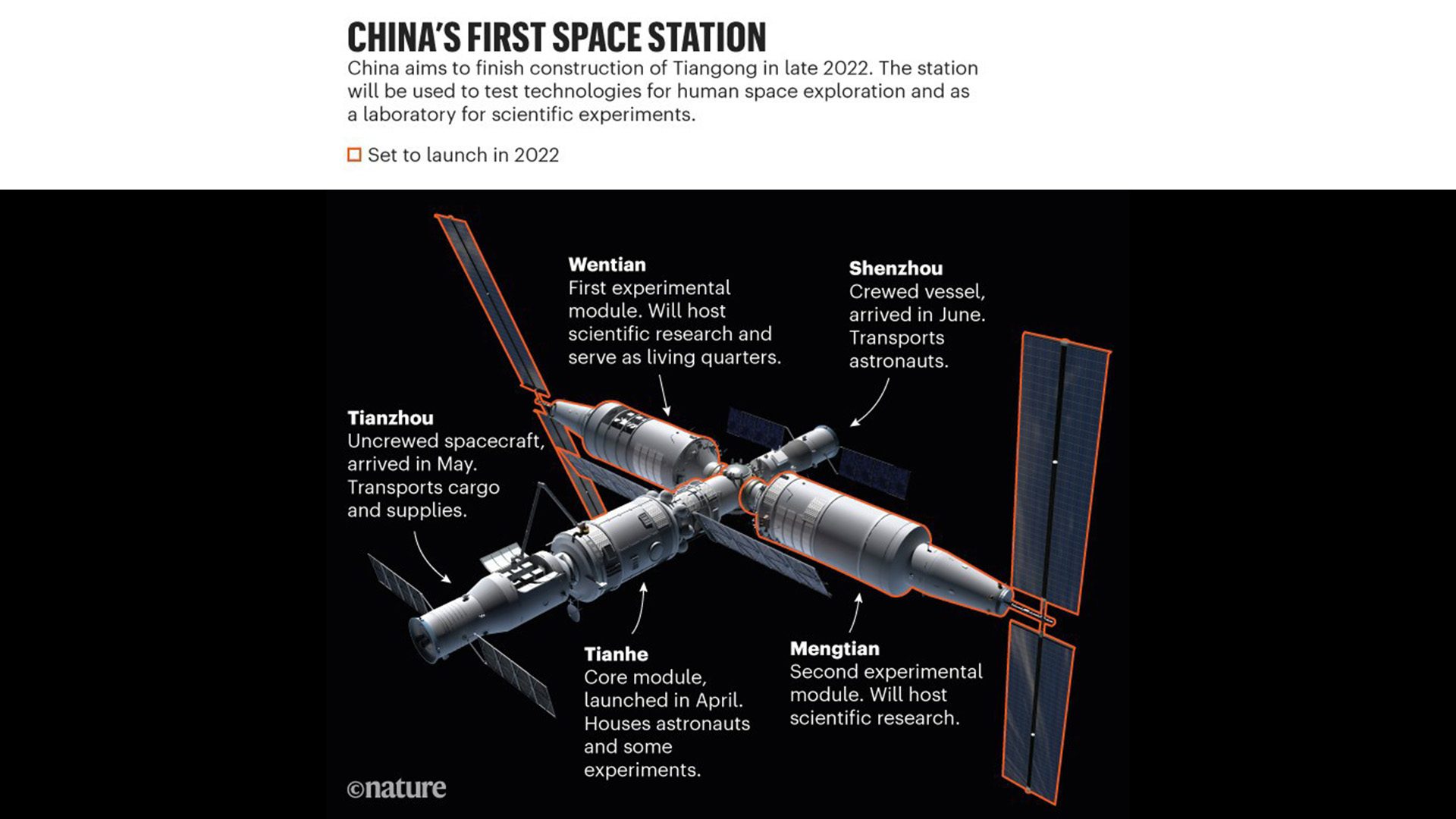
Since last year, astronauts from China have been living and working aboard Tianhe, the first module of China’s Tiangong space station. On July 23, China is scheduled to launch Wentian, the second laboratory section of the station. The third and final module, Mengtian, is scheduled to launch in October. Once fully assembled, Tiangong will host six-month-long crewed missions where astronauts will conduct an array of experiments focusing on life sciences, microgravity research, astronomy, Earth science, and new materials and space technology.
4. Delta Aquariid Meteor Shower (July 28 – 29)

Best viewed from the southern United States or South America, the Delta Aquariid Meteor shower features about 10 to 20 meteors per hour shooting across the night sky before dawn. This year’s shower coincides with a new moon, meaning that stargazers will get a dark sky and a high chance of witnessing fireballs.
5. Psyche mission will launch (August 2)
In between Mars and Jupiter is a massive asteroid belt made almost entirely of metal. The asteroid appears to be the exposed nickel-iron core of an early planet—one of the building blocks of our solar system. On August 2, NASA’s Psyche mission will launch to get a better look at the object which some scientists believe could be a goldmine of valuable natural resources. At one point, it was even estimated to be worth $10 quadrillion! However, we will have to wait until Pysche arrives in 2026 to find out—upon closer inspection, it could just be a bunch of unusable rubble.
6. South Korea to launch its first mission to the Moon (August 2)
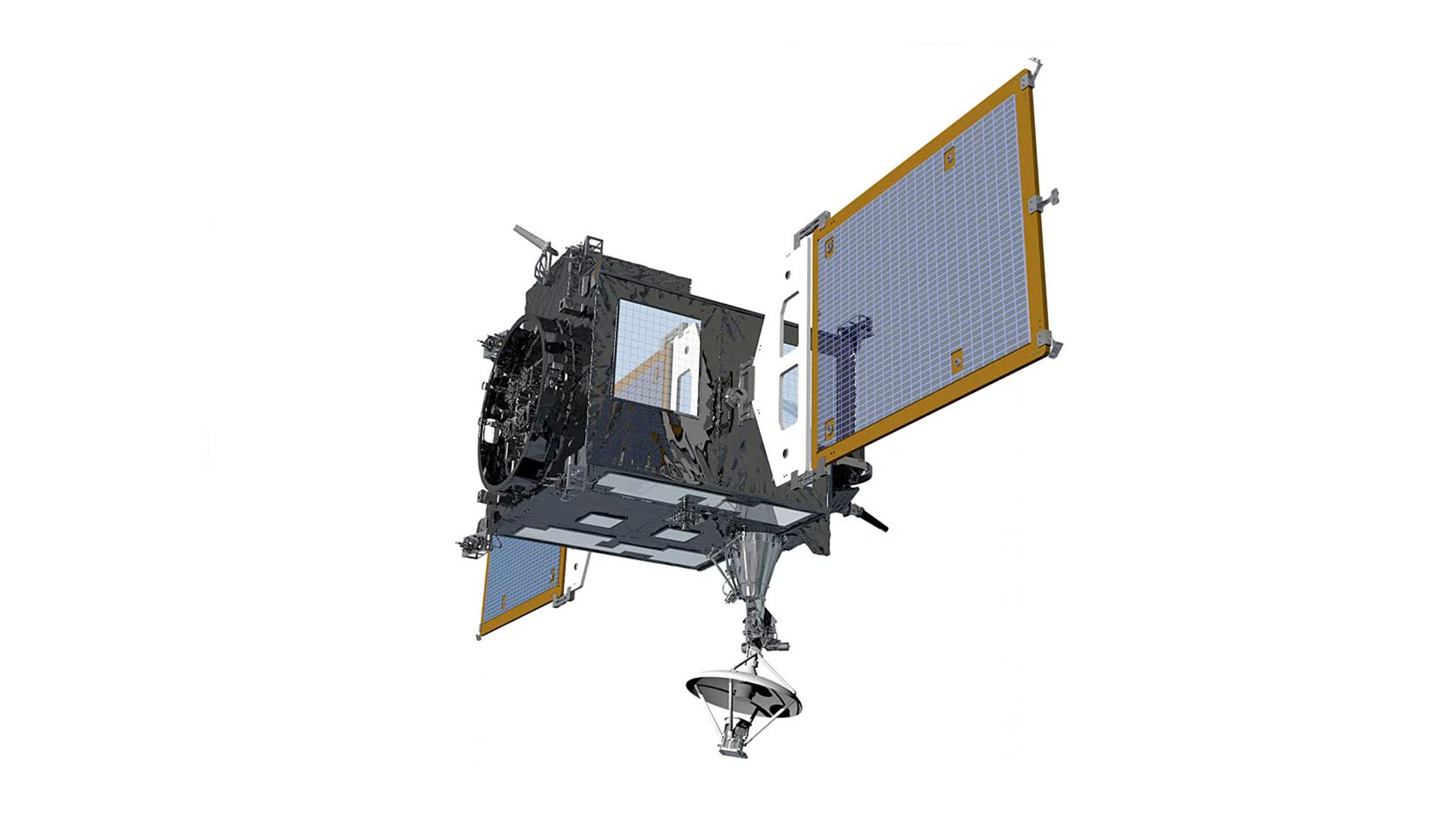
In South Korea’s first step in Moon exploration, the Korea Pathfinder Lunar Orbiter (KPLO) will launch from Kennedy Space Center aboard SpaceX’s Falcon 9 rocket on August 2. KPLO will orbit Earth’s Moon, testing and demonstrating several technologies and studying the Moon’s surface. It will also scope out possible landing sites for future Moon missions.
7. Perseid Meteor Shower (August 11 – 13)

The Perseid Meteor Shower is one of the most popular annual meteor showers. Under ideal conditions, the Perseids boasts 50 to 100 shooting stars per hour. Unfortunately, this summer’s shower will coincide with a full moon which will drown out some of the meteors, making them much harder to see. To make the most of this meteor shower, wait until two to three hours before dawn to stargaze—after the Moon sets and before the Sun rises.
8. Russia to launch the Luna-25 mission (August 22)
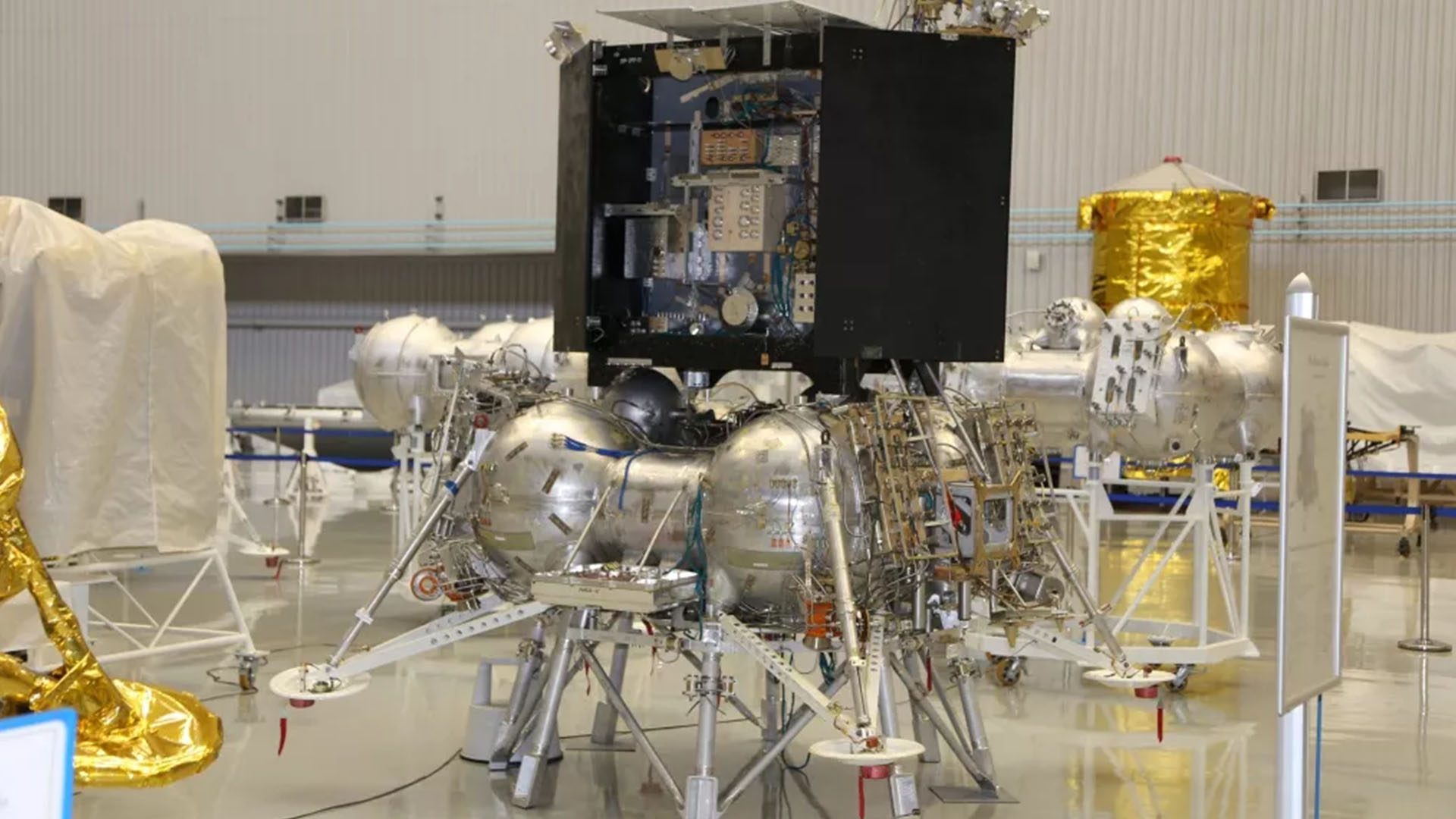
In Russia’s first return to the Moon since 1976, Luna 25 will launch on August 22, heading towards the south polar region of the moon. The rover will study the composition of the South Pole’s surface and the plasma and dust in the lunar atmosphere.
9. NASA to launch the Artemis-1 mission (August 29)
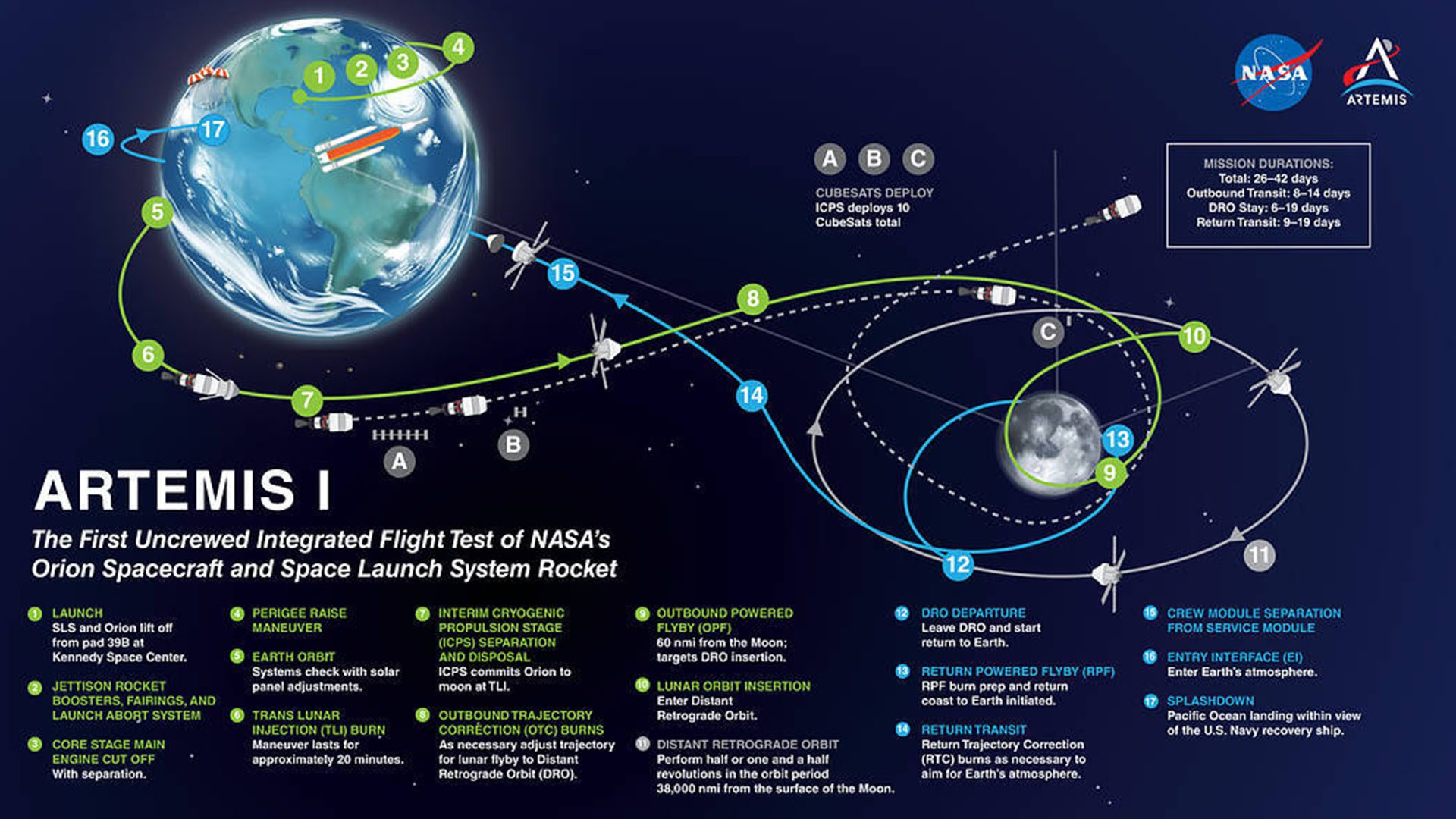
On September 20, NASA will launch Artemis 1 as the first in a series of increasingly complex missions to enable human exploration of the Moon and Mars. In preparation for a full crew mission, Artemis I is an uncrewed flight that aims to test a crew module’s entry, descent, and splashdown. Artemis I’s Orion spacecraft also features a few technology demonstrations, including one involving Amazon Alexa.





